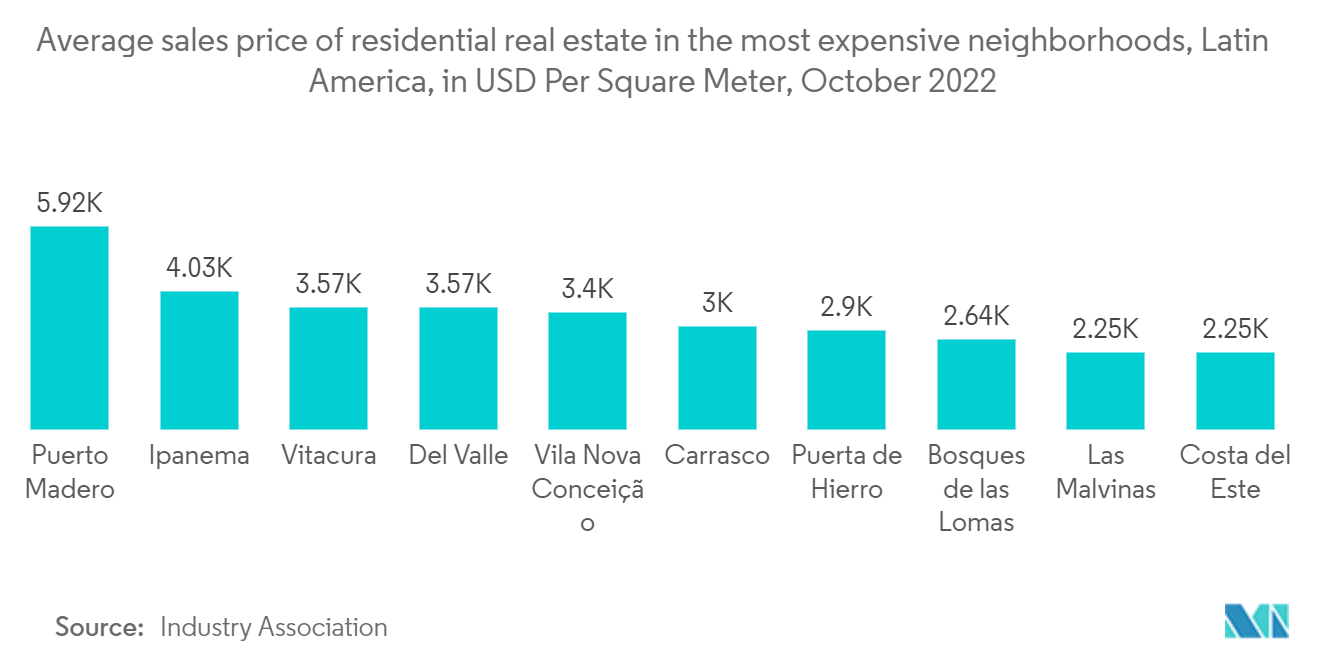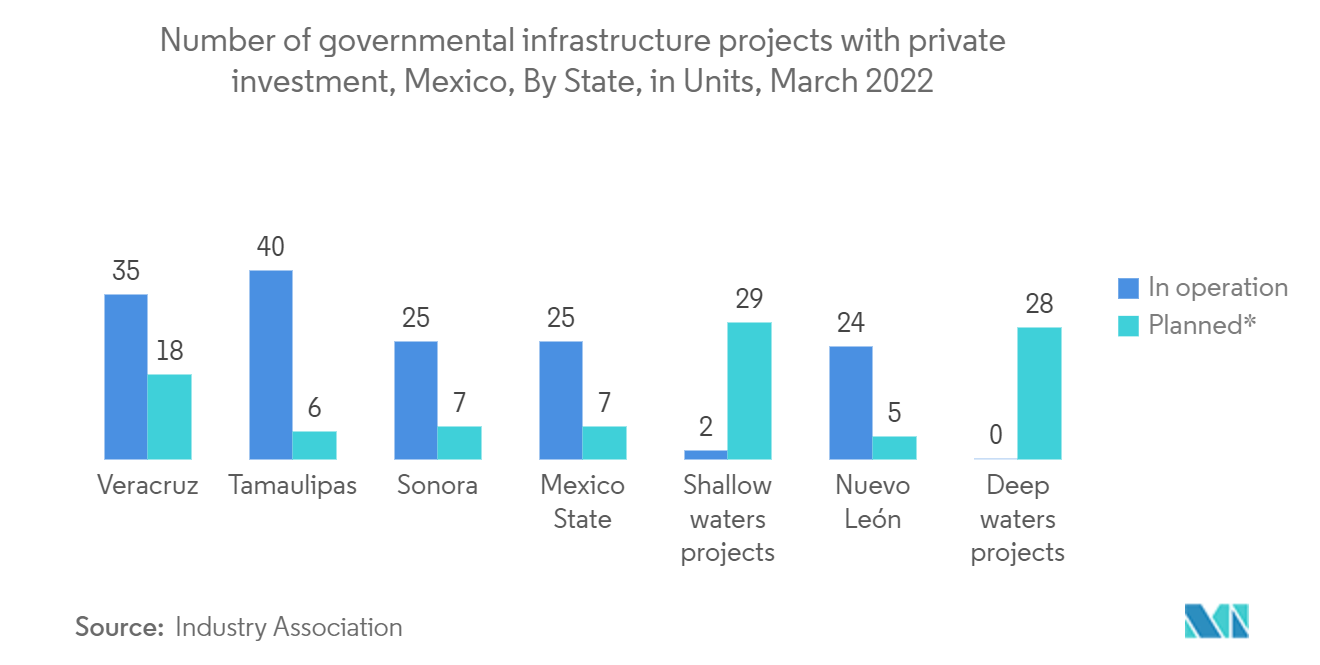Market Trends of Latin America Construction Industry
Increase in residential construction driving the market
According to government and industry figures, Colombia's supply of urban housing has been increasing. However, it has not been sufficient to offset demand: according to official statistics, the country's housing stock is more than 1.3 million homes short. The government has implemented policies to meet the demand that encourages and subsidizes construction and housing investment. Colombia is experiencing the region's fastest-growing construction boom.
Because of its exceptional business conditions, Panama is on the minds of American, European, and Latin American investors. It's no secret that this tiny country is one of Mundo's favorites. It is the location where a group of consultants decided to establish Mundo some time ago. In recent decades, Panama has experienced a miraculous economic boom. We called it Panamanian Exceptionalism because of its stability and low inflation rates, unusual in Latin America, a region accustomed to military coups, high inflation, and worthless currencies. The real estate industry thrives due to liberal economic policies and political stability. Over the last decade, investors from the United States, Colombia, and Asia have rushed to meet demand, pushing prices up by 5 to 10% per year.
The Brazilian economy recovered more solidly than expected, with indicators higher than in the first quarter. Despite a decrease in the volume of transactions and the vacancy of some spaces still in process, the performance of the Class A office market in this market continues at a steady pace in this first semester. The availability rate is still stable but high at 35.37%, down from 35.45% in the year's first quarter. Despite being low, activity in new occupations outpaced unemployment in most corridors of this important city.

Development of hospitality infrastructure driving the market
Despite economic pressures, the Latin American lodging market is undergoing a "significant economic transformation," according to a report by one of the industry experts. Consistent investment in existing and new hospitality projects will drive lodging demand and support supply growth in two years. With an existing hotel supply ratio (a measure of the estimated relevant hotel rooms in a country per 1,000 inhabitants) of 2.6, Mexico is the most advanced country in its lodging market. Over the next decade, consistent business, tourism, and infrastructure investment will raise the hotel supply ratio to 3.8. Chile, widely regarded as one of the most stable economies in the region, is expected to see a 5.3% increase in supportable supply, bringing in an estimated 46,700 quality hotel rooms in two years.
Colombia has also seen significant supply increases due to tourism, general economic growth, and special tax incentives. While the petroleum sector has suffered, Colombia is expected to attract consistent investment over the next decade as it continues to emerge as an appealing business and tourist destination. Peru has the highest growth rate among the profiled countries, with a high growth rate in quality lodging supply over the next decade despite having a relatively small base of existing stock.


